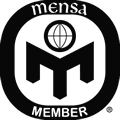What LTE means for Apple's new iPad Get ready to download more data faster with the latest version of Apple’s tablet by Glenn Fleishman, Macworld.com Mar 8, 2012 7:00 am Cellular versions of the new iPad come with support for the latest and greatest wireless networking technology, LTE (Long Term Evolution). In the U.S., both AT&T and Verizon have LTE networks. You’d think this would be a recipe for network simplicity for Apple’s iPads at long last . . . but you’d be wrong.  Apple will sell two different LTE-equipped iPads — one for AT&T’s network and one for Verizon’s. That means that in the U.S. the third-generation iPad comes in 18 versions, like the iPad 2: Wi-Fi, Wi-Fi plus Verizon 3G/4G, and Wi-Fi plus AT&T 2G/3G/4G multiplied by three memory sizes and two colors. (The Verizon 4G iPad also includes worldwide support for 2G and 3G using GSM standards when used outside the United States, just like the iPhone 4S .) Apple will sell two different LTE-equipped iPads — one for AT&T’s network and one for Verizon’s. That means that in the U.S. the third-generation iPad comes in 18 versions, like the iPad 2: Wi-Fi, Wi-Fi plus Verizon 3G/4G, and Wi-Fi plus AT&T 2G/3G/4G multiplied by three memory sizes and two colors. (The Verizon 4G iPad also includes worldwide support for 2G and 3G using GSM standards when used outside the United States, just like the iPhone 4S .)
LTE and 4G LTE is an early version of fourth-generation (4G) cellular technology. But not every version of LTE is interoperable with every other. While all LTE implementations rely on the same underlying networking technology, carriers can make a variety of choices that affect interoperability. In other words, not all LTE is the same. That complicates Apple’s product introductions, because AT&T and Verizon Wireless (not to mention other carriers around the globe) have made different choices in building their LTE networks. The frequencies used, network authentication, and other factors make it presently impossible to roam from AT&T to Verizon or vice-versa over 4G with the same hardware. LTE is more spectrally efficient than 3G. That is, it packs more data into the same range of frequencies (a radio channel) than 3G protocols. Carriers like that, because spectrum is expensive to license and cell base stations are expensive to deploy. The more data that can be carried over a given allotment of spectrum, the more customers a carrier can serve in a given area covered by a base station, and the more revenue (and, one expects, profit) it can generate. The technology also reduces latency, which is the lag time usually measured as being the time from initiating a request to a network and receiving the response. Think about turning on a faucet and waiting for the water to flow (latency) compared to the amount of water that comes out (throughput). The latency on 3G networks is like an old pump well in which you have to prime it to get the flow started; on an LTE network, it’s the convenience of pressurized indoor plumbing. Less latency means better buffering, quicker starts, and less choppiness for streaming video and less stuttering during Internet telephony calls. LTE’s latency can be as low as wired broadband. LTE is also much more flexible than the two dominant 3G standards that are part of CDMA and GSM networks. Those standards work with fixed channel widths, measured in megahertz. If a carrier can only obtain licenses in a given geographical area or even an entire country for ranges of frequencies that don’t precisely match up with those fixed widths, it can’t make use of 3G or use it efficiently. But with LTE, carriers can use slices of 1.4, 3, 5, 10, 15, and 20 MHz, so far. The wider the channel, the more data that can be carried across it at one time in ideal circumstances. LTE also can be used in many different spectrum bands—another advantage, but one that makes it harder for device makers like Apple to produce single models of hardware that work across many LTE networks. LTE has yet another trick up its sleeve: the use of multiple antennas with multiple-in, multiple-out (MIMO) technology. This lets LTE use different amounts of signal power to transmit each data stream. The multiple antennas on the receiver let it interpret the transmission distinctly from others passing in the same space. The result is that MIMO lets carriers double up (and, in the future, even octuple up) the throughput of the network. Fast, fast, fast At Wednesday’s iPad announcement event , Apple made it clear that LTE is fast, fast, fast! And in every way, that’s true. LTE networks will nearly always be faster than comparable 3G networks in the same place.  But that’s not the best part of LTE. It won’t be just faster; it will remain faster in a consistent and reliable fashion a greater portion of the time than 3G. (It’s worth noting that the new iPad also supports the faster versions of 3G, so you get a speed and coverage advantage on the most up-to-date HSPA+ and DC-HSPA networks, too—just not as much.) But that’s not the best part of LTE. It won’t be just faster; it will remain faster in a consistent and reliable fashion a greater portion of the time than 3G. (It’s worth noting that the new iPad also supports the faster versions of 3G, so you get a speed and coverage advantage on the most up-to-date HSPA+ and DC-HSPA networks, too—just not as much.) Where you might have coverage gaps, high congestion with other users in the same mobile cell in a city (or even a small town with few base stations), or a huge variation in speed, it’s likely that LTE will smooth all that out. Carriers will have a much larger pool of bandwidth that the technology lets them more precisely divide up among users trying to gain access. The use of MIMO helps by reducing the number of coverage holes and poor reception areas. MIMO’s ability to bounce data around lets areas with marginal signal strength get better results than they’d get with single-antenna systems.  So while it might take, on average, half or a quarter as long to download an image or a movie or load a webpage with LTE than with a 3G network in the same physical location, the experience will also be less frustrating, because LTE will work more reliably more of the time. Having just visited Manhattan and suffered the heartbreak of AT&T 3G in that fine city (something I have no trouble with in Seattle), I can fully appreciate how that might reduce people’s stress and increase their productivity. So while it might take, on average, half or a quarter as long to download an image or a movie or load a webpage with LTE than with a 3G network in the same physical location, the experience will also be less frustrating, because LTE will work more reliably more of the time. Having just visited Manhattan and suffered the heartbreak of AT&T 3G in that fine city (something I have no trouble with in Seattle), I can fully appreciate how that might reduce people’s stress and increase their productivity. But how fast, really? Fine, you say, but what does all this mean for actual data rates already, Fleishman? (Please. Call me Mr. Fleishman.) During Wednesday’s announcement, Apple senior vice president of worldwide product marketing Phil Schiller spoke of “up to 72 Mbps” downstream rates with LTE. But that’s a specious number relative to the modest and more accurate information that carriers provide. It’s like the difference between the capacity of a water main on your street and how fast water gushes out of the tap in your kitchen. 72 Mbps is an accurate measurement of the top data rate between an LTE device and a cellular base station on AT&T and Verizon’s 4G networks, where they use 2x2 MIMO arrays (two sets of receiving and transmitting antennas with two separate data streams) and 10 MHz wide channels for sending and receiving. (Verizon openly provides that information. AT&T is a little more technically circumspect.) But neither AT&T nor Verizon nor carriers outside the United States promote that “72 Mbps” number. That rate includes the network overhead outside of pure data transferred among devices if all devices are close enough to communicate at the maximum data rate. In reality, the true throughput is much lower, and each device will be at varying distances from a base station, and thus communicate at different rates. (Like nearly all wireless standards, LTE base stations and devices constantly adjust the optimum data rate by taking less or more time to send hunks of data. Slower transmissions allow more noise in the connection, which produces more reliable results.) Verizon and AT&T both say their LTE networks will deliver about 5 to 12 Mbps downstream (from their networks or the Internet to a device, like downloading files) and 2 to 5 Mbps upstream. That’s two to four times higher than the rates AT&T expects even with its faster HSPA+ 3G deployments, and two to six times faster than Verizon’s current 3G network. I haven’t tested LTE in Seattle yet, but reviews of LTE phones and adapters find that the 12 Mbps top-end rate AT&T and Verizon cite is often surpassed. The networks have hardly any users, and the two carriers are clearly setting expectations for when the technology takes off—as when millions of 4G-capable iPads leap into use. The larger pool of bandwidth and a better ability to divvy it up, however, will mean that congested LTE networks will remain far more useful than congested 3G networks. Both AT&T and Verizon Wireless say that their LTE networks will be largely deployed by the end of 2013. Verizon Wireless has made the more explicit statement that it expects its current 3G footprint, reaching more than 95 percent of the U.S. population, to have LTE by then. AT&T is a bit vaguer about its final goal, although some of its licenses from the FCC have specific targets for population and geographic coverage. A future-proofed iPad Apple has future-proofed the latest iPad by adopting 4G. Honestly, I’m a bit surprised that Apple would take the hit in terms of battery, weight, and size in order to put LTE chips in their devices at this early stage of LTE development. But by keeping the price the same as the iPad 2, and improving performance and the display, along with adding support for the fastest 3G flavors and current 4G technology, I don’t think anyone will be feeling buyer’s remorse. Of course, LTE lets you download more data faster, and the new iPad’s display means that you can consume images and video at a higher resolution and more frequently. The only unanswered question is how fast you’ll burn through data and pay overage fees when you start taking a 4G iPad out into the field. | 
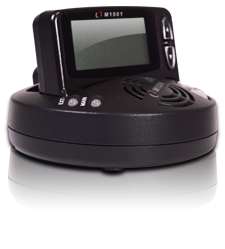




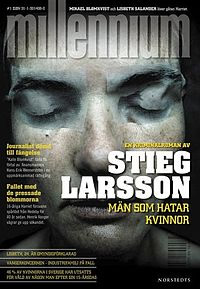 The books on which the movies were based were originally written and published in Sweden by the late Stieg Larsson who unfortunately never made a dime from them in spite of the fact that over 65 million copies had been sold by December 2011. Larson passed away in 2004 just a few months before the first book of the series was released to the Swedish audience.
The books on which the movies were based were originally written and published in Sweden by the late Stieg Larsson who unfortunately never made a dime from them in spite of the fact that over 65 million copies had been sold by December 2011. Larson passed away in 2004 just a few months before the first book of the series was released to the Swedish audience. 






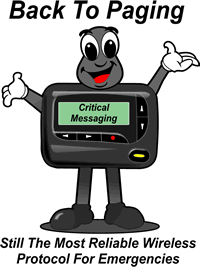
 Apple will sell two different LTE-equipped iPads — one for AT&T’s network and one for Verizon’s. That means that in the U.S. the third-generation iPad comes in 18 versions, like the iPad 2: Wi-Fi, Wi-Fi plus Verizon 3G/4G, and Wi-Fi plus AT&T 2G/3G/4G multiplied by three memory sizes and two colors. (The Verizon 4G iPad also includes worldwide support for 2G and 3G using GSM standards when used outside the United States, just like the
Apple will sell two different LTE-equipped iPads — one for AT&T’s network and one for Verizon’s. That means that in the U.S. the third-generation iPad comes in 18 versions, like the iPad 2: Wi-Fi, Wi-Fi plus Verizon 3G/4G, and Wi-Fi plus AT&T 2G/3G/4G multiplied by three memory sizes and two colors. (The Verizon 4G iPad also includes worldwide support for 2G and 3G using GSM standards when used outside the United States, just like the  But that’s not the best part of LTE. It won’t be just faster; it will remain faster in a consistent and reliable fashion a greater portion of the time than 3G. (It’s worth noting that the new iPad also supports the faster versions of 3G, so you get a speed and coverage advantage on the most up-to-date HSPA+ and DC-HSPA networks, too—just not as much.)
But that’s not the best part of LTE. It won’t be just faster; it will remain faster in a consistent and reliable fashion a greater portion of the time than 3G. (It’s worth noting that the new iPad also supports the faster versions of 3G, so you get a speed and coverage advantage on the most up-to-date HSPA+ and DC-HSPA networks, too—just not as much.)  So while it might take, on average, half or a quarter as long to download an image or a movie or load a webpage with LTE than with a 3G network in the same physical location, the experience will also be less frustrating, because LTE will work more reliably more of the time. Having just visited Manhattan and suffered the heartbreak of AT&T 3G in that fine city (something I have no trouble with in Seattle), I can fully appreciate how that might reduce people’s stress and increase their productivity.
So while it might take, on average, half or a quarter as long to download an image or a movie or load a webpage with LTE than with a 3G network in the same physical location, the experience will also be less frustrating, because LTE will work more reliably more of the time. Having just visited Manhattan and suffered the heartbreak of AT&T 3G in that fine city (something I have no trouble with in Seattle), I can fully appreciate how that might reduce people’s stress and increase their productivity. 



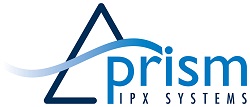


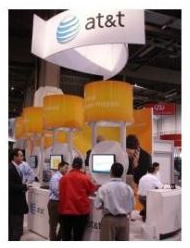 By Telecom Lead Team: Mobile major AT&T will offer enhanced global location options for mobile asset management as part of its suite of Location Information Services (LIS).
By Telecom Lead Team: Mobile major AT&T will offer enhanced global location options for mobile asset management as part of its suite of Location Information Services (LIS). 






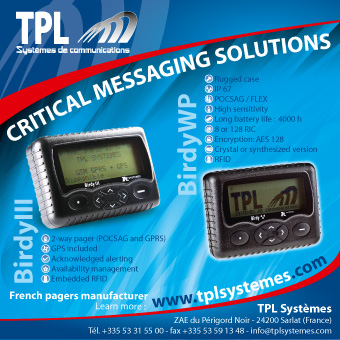


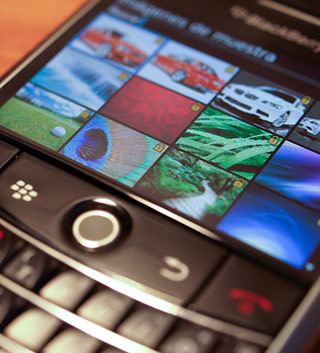 Given all the takeover rumours, bad behaviour and executive comings and goings, even the most dedicated Research in Motion watcher could use a refresher. Enter Jesse Hicks over at The Verge, who wrote a comprehensive (and lengthy) article that tells the whole sordid RIM tale, from Mike Lazaridis’s university days through to last week’s PlayBook upgrade. No time to read 9,500-plus words? We’ve collected the most interesting tidbits, including an early alternative to the “BlackBerry” brand name and why RIM is like the Soviet Union. All the dirt, after the jump.
Given all the takeover rumours, bad behaviour and executive comings and goings, even the most dedicated Research in Motion watcher could use a refresher. Enter Jesse Hicks over at The Verge, who wrote a comprehensive (and lengthy) article that tells the whole sordid RIM tale, from Mike Lazaridis’s university days through to last week’s PlayBook upgrade. No time to read 9,500-plus words? We’ve collected the most interesting tidbits, including an early alternative to the “BlackBerry” brand name and why RIM is like the Soviet Union. All the dirt, after the jump. 






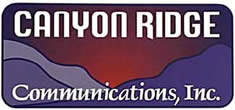

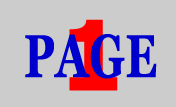








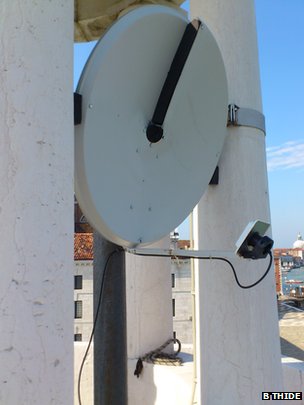



 A Queens NY driving school at the center of a fraud scandal is being suspended, and as a result, 174 people who used the school to obtain commercial drivers licenses must be retested.
A Queens NY driving school at the center of a fraud scandal is being suspended, and as a result, 174 people who used the school to obtain commercial drivers licenses must be retested. 






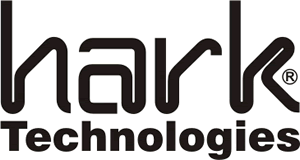
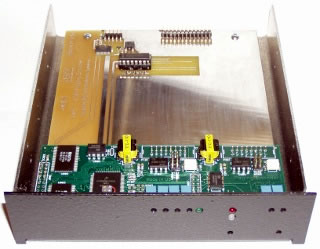

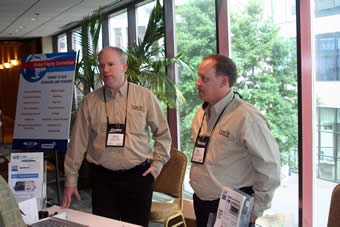

 NEW YORK (CBSNewYork) — A Brooklyn couple is facing federal charges for running a high-tech scheme to beat the DMV. They allegedly rigged the results of hundreds of commercial drivers license tests.
NEW YORK (CBSNewYork) — A Brooklyn couple is facing federal charges for running a high-tech scheme to beat the DMV. They allegedly rigged the results of hundreds of commercial drivers license tests. 

